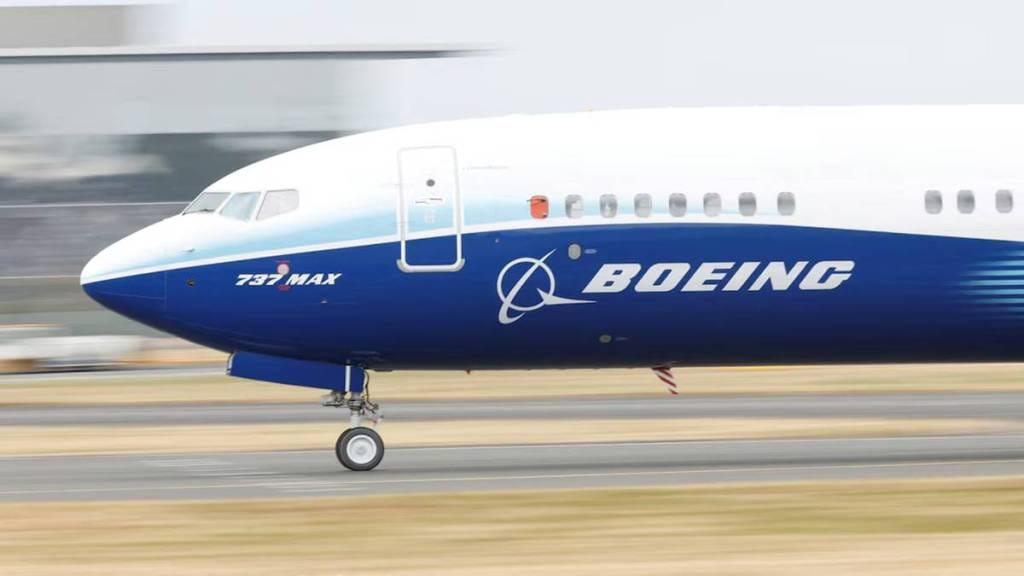Once the crown jewel of American innovation, Boeing now serves as a cautionary tale—a stark reminder of what happens when a company loses its way. The aerospace giant, once synonymous with safety, innovation, and reliability, has become emblematic of failure and incompetence. What was once a legacy of excellence is now overshadowed by a series of crises that threaten to undermine the very foundations of the aviation and aerospace industries.
A Legacy of Failure
The most recent debacle involving the 777X, Boeing’s once-promising flagship aircraft, underscores the company’s chronic inability to uphold basic standards of safety and quality. The suspension of flight tests due to cracks in a critical engine component is not an isolated incident but a symptom of a much deeper malaise. Originally slated for commercial rollout in 2020, the 777X’s delay until 2025 highlights a disturbing decline in Boeing’s engineering prowess. Nearly a decade into its development, the aircraft still lacks certification from the US Federal Aviation Administration (FAA)—a damning indictment of Boeing’s eroded engineering and management capabilities.
Yet, the 777X is merely the tip of the iceberg. Boeing’s 787 Dreamliner, another of its so-called flagship models, is under fresh scrutiny from the FAA following a series of alarming incidents. The directive for airlines to inspect potentially defective pilot seats across hundreds of aircraft goes beyond a mere technical issue; it signals a systemic breakdown in quality control. Such repeated failures are eroding Boeing’s once-sterling reputation for safety, raising serious questions about the company’s ability to deliver on its promises.
A Space Programme in Disarray
Boeing’s failures extend beyond aviation into space exploration, where the ongoing issues with the Starliner spacecraft have left NASA astronaut Sunita Williams and her colleague Butch Wilmore stranded in space with dwindling oxygen supplies. These potential scenarios—ranging from the astronauts being trapped in orbit to the spacecraft burning up upon re-entry—are not hypothetical risks but immediate threats to human life. This is more than just a setback; it is a catastrophic failure for a company that once prided itself on its contributions to space exploration.
The Starliner’s shortcomings are a stark reminder that Boeing’s problems are not merely technical glitches or production delays. They reflect a company that has lost its way, prioritising profits and deadlines over the safety and reliability that were once its hallmarks. The fact that NASA is now considering bringing the stranded astronauts back on a SpaceX vehicle—a rival that has consistently outperformed Boeing in recent years—underscores just how far Boeing has fallen.
A Crisis of Leadership
Under the stewardship of CEO Kelly Ortberg, Boeing’s leadership appears utterly incapable of addressing the monumental challenges facing the company. Ortberg’s tenure has been marked by a continuation of the same failures that have plagued Boeing for years, suggesting a leadership team more focused on damage control than on genuine reform. Persistent issues—from the 737 MAX crisis to the latest problems with the 777X and Starliner—raise serious doubts about whether Boeing’s management can steer the company out of its current nosedive.
The financial implications are dire. Boeing’s share price continues to plummet, and investor confidence erodes with each new scandal. However, the true cost of Boeing’s decline extends beyond its balance sheet. Each new failure, each revelation of technical incompetence or regulatory violation, chips away at public trust in the aviation industry as a whole. Boeing’s once-golden reputation is now so tarnished that recovery may be impossible, with the broader industry paying the price.
The Broader Implications
The ramifications of Boeing’s failures extend far beyond the company’s immediate financial woes. In an industry where public trust and the perception of safety are paramount, Boeing’s repeated missteps are a disaster waiting to happen. If the company cannot regain the trust of regulators, customers, and the public, the consequences could be catastrophic—not just for Boeing, but for the entire aviation and space industries.
Boeing’s refusal to confront its deep-seated problems with meaningful action could have dire consequences. The safety of passengers, pilots, and astronauts is now at risk, and the erosion of trust in Boeing’s ability to deliver safe, reliable products could lead to a regulatory backlash that reshapes the entire industry. The stakes could not be higher, yet Boeing seems incapable of rising to the challenge.
A Call for Accountability
Boeing must confront these challenges head-on, with a renewed commitment to transparency, accountability, and a fundamental rethinking of its approach to engineering and quality control. Anything less would be a disservice to its legacy and a betrayal of the trust that the world has placed in it. If Boeing fails to act decisively, it risks not just its future but the safety of everyone who flies in its planes or travels in its spacecraft.
In the end, Boeing’s story is a cautionary tale of what happens when a company loses sight of its core values. The once-mighty aerospace giant now stands at a crossroads, with its future hanging in the balance. The question is no longer whether Boeing can recover, but whether it even deserves to.


